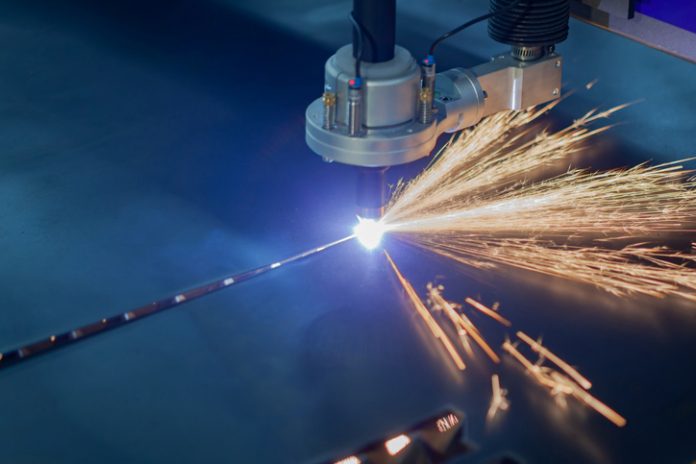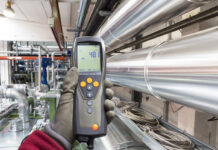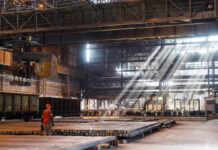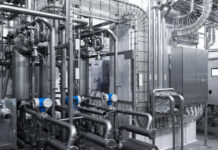As technology advances, there are now more cutting systems and machines available than ever. However, finding the right one for your business can be overwhelming, as not only do these machines cost a pretty penny, but they also come with their own levels of maintenance and limitations. Therefore, choosing the wrong machine for your needs could easily impact your bottom line when taking into consideration the price of a new machine and production downtime while you wait for it to be delivered.
That’s why, for those of you that work in metal cutting, this post will highlight the differences between plasma and laser.
Both options offer a great level of precision and can often be controlled via computer numeric control (CNC). That said, each machine has its own benefits for different applications.
The cutting process
CNC Plasma Cutters use an electrical current with compressed oxygen or nitrogen to create a plasma. The plasma then cuts through the metal. The process was originally developed in the 50s to cut through materials that couldn’t be cut through using a flame (for example, copper and stainless steel). Instead, the process produces intense heat, which then cuts through the metal, from which the molten metal runs down and away.
Plasma cutters are often used in construction industries or automotive restoration.
On the other hand, laser cutting uses a highly powered, focused laser beam that melts or burns the material. This creates a narrow slot from which auxiliary gas is used to blow out and leftover metal. In terms of which industries most commonly use laser cutting, businesses cut a variety of materials like flat-sheet metal or PVC piping.
Materials
For metal, plasma cutting is probably the most popular choice. Plasma can cut through metals measuring up to around 80mm thick with a consistent edge and very little finishing work needed. It can also be useful for cutting oxidized or reflective metals which can’t otherwise be cut using lasers.
Laser cutters can also cut through metal, but with limitations. It is much better for cutting through wood, glass, rubber, and plastics. Lasers can even be used in the textiles industry for fabrics and leatherwork.
Unlike plasma, the laser does have the tendency to cause distortion to the material being cut due to the large amounts of heat produced.
Safety
Whichever cutting machinery you’re working with; you’ll inevitably need specific practices and protection in place to operate them safely. For example, you’ll need to ensure your person is protected from the gases used in plasma cutting, as well as the loud noise of the cutting and the glare from the heated metal.
However, while headphones, glasses, and masks can protect you from plasma cutting, laser cutters sometimes require a dedicated enclosure – meaning you’ll need much more space within your work area.
Costs
There are two levels of costs to consider when choosing a cutting machine: Startup costs and operating costs. In terms of startup fees, plasma cannot be beaten. However, it’s a much cheaper upfront investment than laser.
It’s also cheaper for operating. Even with all the consumables, power, and maintenance required, a CNC plasma machine can run at around $15/hour while laser creeps in just a little higher at $20. You also need to think about how lasers require more safety equipment, meaning your bottom line can be seriously impacted.
If you’re only cutting metals, it’s a no-brainer: Plasma is your best option. However, if you’re looking to cut a variety of metals, you may need to invest in a laser.


































